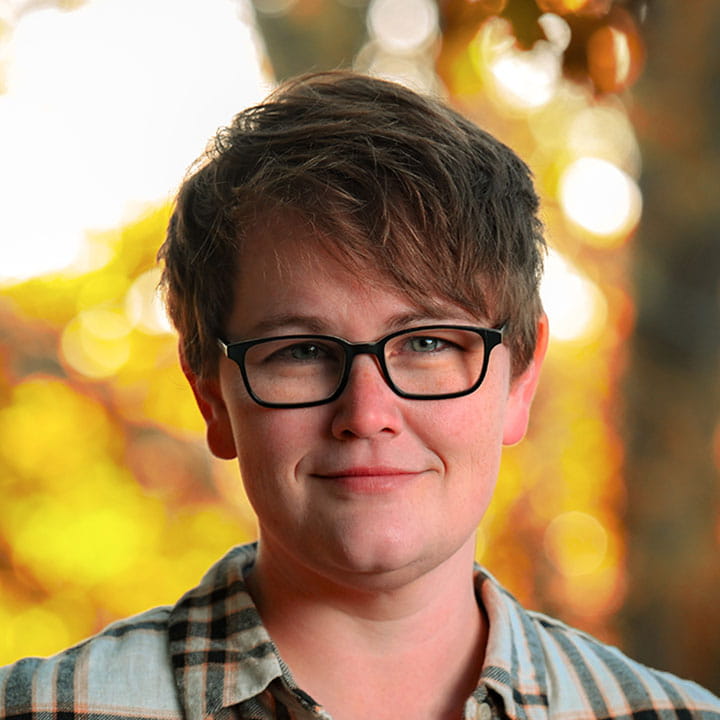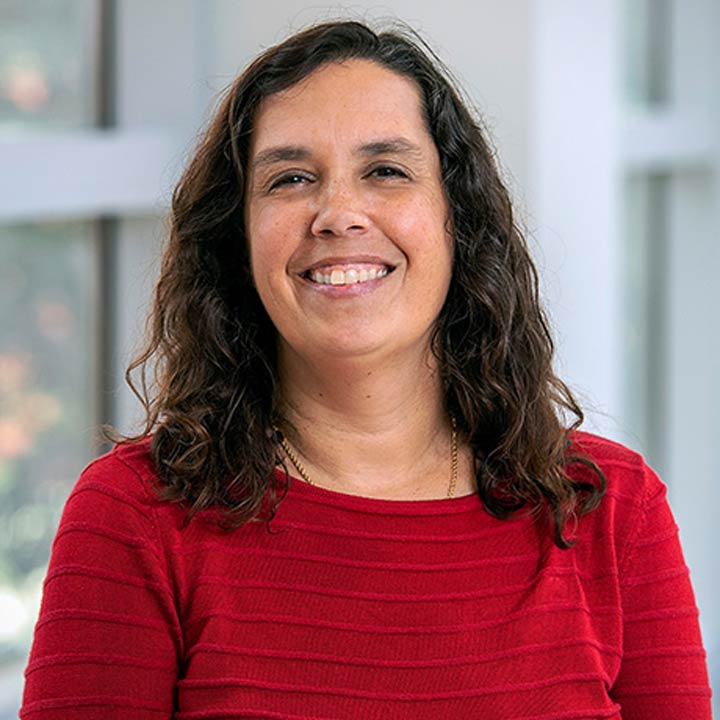Why do women have faster heartbeats? Ohio State researchers learned why — the reason could lead to better treatments

We’ve long known that women tend to have faster heartbeats and men are more likely to develop atrial fibrillation (AFib).
But why?
A new study from The Ohio State University Wexner Medical Center reveals some insight, and the research could help scientists develop better treatments for heart conditions.
The heart’s natural pacemaker leads the beat
The sinoatrial node (SAN) serves as the heart’s natural pacemaker in humans. It’s a small, powerful structure that triggers every normal heartbeat.
More than 6 million Americans currently live with heart failure, according to the American Heart Association, and many also suffer from rhythm disturbances originating in the SAN.
“We found for the first time that the genes controlling how the SAN works are influenced by sex,” says Vadim Fedorov, PhD, professor of physiology and cell biology, Corrine Frick Research Chair in Heart Failure and Arrhythmia at The Ohio State University College of Medicine and senior author of the study. “That helps explain why women generally have faster heart rates and are more likely to experience inappropriate sinus tachycardia, while men face a greater risk of heart rate disorders like conduction block and atrial fibrillation.”
How the study was done
Ohio State researchers from the Dorothy M. Davis Heart and Lung Research Institute and the Bob and Corrine Frick Center for Heart Failure and Arrhythmia studied donor hearts and the unique gene sets in each one’s SAN pacemaker cells. They examined the genes and biological pathways that help determine heart rhythm, metabolism, inflammation and the ways that heart tissue heals after injury. What they found was that there were distinct patterns that correlated with the biological sex of the heart donor.
For example, women showed higher levels of the two key genes that help drive faster heart rhythms (TBX3 and HCN1), says Ning Li, MD, PhD, an Ohio State research assistant professor and co-author of the study, published in the American Heart Association’s Circulation: Arrythmia and Electrophysiology.
“In contrast, male hearts had more activity in gene networks related to inflammation and collagen production, which can interfere with electrical signaling and increase the risk of arrhythmias.”
Why this discovery matters
Determining genetic drivers for differences in organ function can be key to developing more personalized approaches to medical treatment. At Ohio State, scientists are consistently researching ways to prevent the common heart arrhythmias that can lead to dangerous heart rates, often needing medication or pacemaker implants.
Support behind this research
This research was supported by the National Institutes of Health, the Leducq Foundation and the Bob and Corrine Frick Center for Heart Failure and Arrhythmia. Hearts examined by researchers were donated for research by organ donor families through Lifeline of Ohio.

Your heart is in the right place
Learn more about advances in care and treatment for patients at The Ohio State University Heart and Vascular Center
Expert care starts here





